|
Imagine that you’ve been transported back to 1970. It would look both strangely similar and different from today. You certainly wouldn’t be seeing cell phones or cybertrucks, but you would see still people wearing bell-bottoms, pornstar moustaches, and feathered hair (but all unironically back then). If you turned on the radio, you’d hear I’ll be There by The Jackson Five, Layla by Derek and the Dominos, and Lola by The Kinks, not on an oldies station, but on the American Top 40 hosted by Casey Kasem (which also started this same year). Now picture yourself parked in a nice car in a remote location in the woods outside of Washington, DC. It's almost Halloween, and you and your main squeeze are parked right next to a small bridge. It’s very dark. Your car engine is running, maybe to keep the car warm enough for any disco-era shenanigans you have planned, or maybe – and more innocently – you just want to keep the radio on so you can hear that wild new song by The Carpenters. It seems like a nice night regardless. But alas, your sexy 70's tranquility is then traumatically disturbed. You can’t believe your eyes. Are you losing your mind? Out of the darkness, you both see a grown man wearing a bunny suit. They guy is hopping mad (see what I did there?), literally frothing at the mouth in anger, and screaming at you. As he gets closer you can make out the word “trespassing” in his unhinged tirade, but little else. Then, as if he was a dwarf from Lord of the Rings, he lobs an axe through your window, shattering it into a million shards. Terrified, you jam on the accelerator and bolt out of there as quickly as your non-unleaded gas can take you. You've just met the Bunny Man. Before the internet, stories like this might stay purely regional. It would be far more difficult for “Slender Man” and other tales to grab hold of the public consciousness without online forums. Back in the 1970s, strange stories like this got passed along and elaborated upon through word of mouth, some eventually becoming “urban legends”. Not surprisingly, there quickly became several variations of "The Bunny Man" bandied about at teenage sleepovers or to help pass the time in junior high Algebra classes. He became even more threatening as time went. Just a few years later, hushed whispers – usually made across the teenage frequencies – gave him an origin story. The Bunny Man was now an escaped mental patient and psychopath. The gentleman was responsible for several deaths in the area, sometimes hanging them upside down from the bridge in similar fashion to what the Italians did to Benito Mussolini and his mistress at the end of World War II. Along with murder, The Bunny Man also was said to have a penchant for animal mutilation. Just heaving axes into car windows was just so 1970… We must say that this is a great story that one of us even heard while living on the other side of the country. It’s got just about everything a good urban legend needs and is, franky, just a lot of fun to think about.
But, as is well-known, skeptics and researchers generally take all the fun out of everything. Such is the case with this rascally rabbit. Most of the stories associated with the Bunny Man are apparently pure bunk. The only one with any truth to it is the introductory story. For those of you interested in a more reasonable, less fun take on the matter than the Bunny Man stringing up dead bodies all over Fairfax County, please read this: https://research.fairfaxcounty.gov/local-history/bunnyman However, if we’re being honest, we much prefer the legend. It's kind of fun to imagine that the Bunny Man is still out there, wearing a fur suit matted with the blood of his victims, fantasizing about all the delicious vengeance he'd like to mete out on those dastardly people who dared to trespass near his precious bridge. He may very well be sharpening his axe and giggling to himself as we type this paltry prose... Travel Tips: If you want to visit this easy to miss one lane bridge in Clifton VA, you would never guess how close you are to DC. For all of its association with malevolent ax-wielding tomfoolery, it’s a lovely place nestled between open fields, babbling brooks, and some pretty opulent mansions. It’s truly a beautiful area, but we could imagine it taking on more of a Blair Witch vibe at night. Italy has so much history that the natives probably get bored with it. I can’t tell you how many times we’ve been trying to find important historical sites only to get lost. The problem is that, at best, there may be a little sign in Italy telling you that X is down this particular road or to “turn here for…” We’re not used to that. The American tradition of putting up great neon signs every 20 feet or so to advertise a site, while a bit gauche, is very useful for us dumb tourists. Sadly, in Italy you could literally be driving past the location of an event that shook world history and not even know it. If you get distracted by one cute squirrel you might completely miss that little sign and never be any the wiser. This could easily have been the case for one of the most important battle sites of Ancient Rome: Hannibal’s Battle of Trebia. No, not the Hannibal who fancies chianti and fava beans with a heaping plate of cannibalism (though he’s interesting too), but Hannibal Barca, genius battle strategist and scourge of ancient Rome. You might remember him from history class. He’s that general from Carthage (i.e., modern-day Tunisia in North Africa) who marched an army of 30,000 men – including 15,000 horses, lots of donkeys, and 37 war elephants (!!) – over the alps. Who does that? Either a genius or madman. Hannibal was no dumb-dumb, though, and he was very motivated to take the Roman Empire down a peg or two. After descending from the alps with his poor pachyderms and meandering around Italy for a while, wily old Hannibal knew he had to humiliate the Romans in a grander fashion than the little skirmishes he’d been having with the legions. So, on a chilly day in December of 218 BC, his army camped outside of a flat plane with the Trebia river situated between his own and the Roman armies. The plane was so flat it offered little risk of an ambush (keep this in mind). He roused his troops very early in the morning. Like a good general, he made sure they had a nice, warm breakfast. This probably included something like oatmeal or barley porridge with some hard cheese thrown in for extra protein. He probably also had them rub their bodies down with hot olive oil, not just for warmth, but to make it a lot harder to wrestle them to the ground. He knew they were going to have a long day. Hannibal then sent his dangerous (and a bit chaotic) Numidian cavalry across the river to pick a fight with the Romans. Though very early in the morning, with many soldiers still asleep, the Romans were more than happy to play along. Sempronius, head of the legions, ordered his entire army to take Hannibal down. Unfortunately for the Romans, in order to do so, they had to wade across the frigid waters of the Trebia. To paraphrase a great line from Animal House, “cold, tired, and hungry is no way to go into battle, son”. But go they did, and engaged the upstart General. As the Romans slammed into the Carthaginian line, they pushed forward toward the center. They tended to shy away from Hannibal’s wings, as they were understandably nervous to face down the angry elephants and cavalry that Hannibal had cleverly positioned there. Though the Romans outnumbered the Carthaginians, Hannibal was no fool. He knew they would focus on the center, hoping to break his line. So, he planned to have the left and right wings of his army slowly start to encircle the legions. And encircle they did. Next, he gave Sempronius a surprise bigger than any M. Night Shyamalan movie or ending of a Scooby Doo episode. The Romans were about to get ambushed. Though the battle took place on a flat plane, Hannibal had secretly sent his brother Mago, 1000 cavalry, and 1000 infantry to hide in some marshland to the left of the river the night before. Then, at the perfect moment, Mago’s men sprang into action, attacking the rear of Sempronius’s line. The encirclement of the Romans was now complete, and this was very bad for the Italians. Some Romans were able to break through the Carthaginian center and escape. They were the lucky ones, and very few were lucky that day. The rest of the army was surrounded, with death coming from all sides. What a bloodbath this must have been. Imagine those poor Roman soldiers, bunched up like teenage girls at a Taylor Swift concert, unable to swing their swords or throw their javelins because there wasn’t enough room. Imagine what it must have been like to hear the death cries of their countrymen, knowing they their own screams would soon join this macabre chorus. Blood, sweat, and viscera were the only things they could smell as they waited for their own demise to come, shivering from cold and fear, and not even having the small comfort of a full belly. This is truly the stuff of nightmares. Historians estimate that approximately 20,000 (!!) Romans died that day alone, with the Carthaginians losing several thousand men. These casualties could easily fill up a good-sized college football stadium. And keep in mind that these men were not killed by grenades, drone strikes, or cluster bombs. These were deaths brought about by hacking, slicing, thrusting, and the occasional crush of an elephant’s foot. Most were not quick deaths. Driving to the battle site today, though, you would hardly know that any of this took place. Granted, there is a very impressive war elephant statue and, of course, a plaque describing this battle. Other than those, though, you just see concrete roads and nondescript scenery similar to any other stretch of northern Italian highway. It somehow seems a bit imbalanced given the massive scale of this event and all the men (and poor elephants) who died here. Maybe this judgment is coming from a selfish place. If one of us were ever decapitated by a short sword or gored to death by an elephant tusk in a massive battle, we’d like to think that there would at least be a tour guide, memorial garden, or even a tacky gift shop to mark the location where we shuffled off our mortal coils. But, alas, Italy has so many places like this, we can only guess that they have to choose their tourist sites wisely. Getting there. As noted, this is a bit difficult to find online. Search for “Monument to 2nd Punic War” or type this address into google maps: SP40, 29010 Gazzola PC, Italy There is some parking at the site. You might also spy some cute skinks running around the monument. Beware of the hornets, though. When we visited there were quite a few buzzing around. Side Trips: There is so much to see in the area. For instance, Parma – yes, the place where they make Parmigiano Reggiano cheese – is just about an hour and a half drive from the site of the battle. It’s a nice central location to do a food tour of Northern Italy in addition to some dark tourist trips If you decide to follow in Hannibal’s footsteps and cross the alps, make sure to try a fun local crunchy rye flatbread called Schüttelbrot. It’s sort of like Swedish Knäckebröd, but lightly spiced with fenugreek, caraway, cumin, and/or fennel. The fenugreek variety is most traditional and is a must try if you’re ever in the area. Though you can find it in local grocery stores, the best comes from local bakeries (of course). Also, make sure to taste of Italian Amari when you’re there. It will get you in the mood for post number two on our homemade walnut amaro. Having just visited the annual Romanian Food Festival in Potomac Maryland and gorged ourselves on sarmales (stuffed cabbage leaves), mamaliga (Romanian polenta), and chocolate salami (we'll talk about these in a future post), we had Romania on our minds. So, of course, we eventually wound up talking about Dracula. No, not the hypnotic and lascivious vampire count played by Hungarian actor, Bela Lugosi, but the real Dracula, Vlad III, son of Dracul (AKA son of the Dragon). For our money, the real Dracula is even more interesting than the fictional one. “But, Bram Stoker’s Dracula was immortal and drank blood and had a trio of sexy bisexual vampiresses living in his castle” you might say. Well, that’s all true, of course. However, old Bela’s character never ran sharpened 12-foot spikes through so many of his enemies’ sensitive orifices that he created veritable forests of the impaled. He was like a macabre Johnny Appleseed, but planting Turkish warriors on spikes instead of fruit trees. This is also what gave him one of his nicknames, Vlad Țepeș, or “Vlad the Impaler”. Though his methods seem brutal, he lived in a different time where murder and torture were part of life. Old Vlad was also a very important figure in the fight for keeping the Ottoman Turks from invading Christian Europe. He’s therefore viewed by many Central and Eastern Europeans as a hero. Though he’s quite famous, a lot of bad information exists. For instance, tourists flock in large numbers to Bran Castle near Brașov, Romania. Billed as “Dracula’s Castle” there are tours, trinkets, and lots of vampire-themed fun. However, to the best of our knowledge, there is no hard historical evidence that Vlad even stayed there, let alone made it one of his homes. Bran Castle is still very much worth a visit, but we have a more exciting Romanian option for you… If you have access to a car, don’t mind walking up a lot of steps, and are not too afraid of bears, we recommend that you plan a little trip to Poenari Castle in Arefu. More a citadel than a “traditional” castle, it has some real Vlad the Impaler history. It has been historically verified that he stayed here. To be fair, though, the site has plusses and minuses. As for upsides, the top of Poenari Citadel is breath-takingly beautiful, with unobstructed views of the Carpathian mountains. It also has some fun impaled mannequins that are perfect for Facebook pics. As for downsides, to get to this fun place, you will have to climb 1,480 steps. That is not a typo. It’s step after step after step. As for other downsides, prior to their putting in a fence around the stairs, several tourists every year were reported to have been attacked by Romanian brown bears. We can only imagine that they were annoying American and UK tourists posing for selfies, though we can’t verify this in the official reports. So, if you like history, are a little morbid, don’t mind driving on the curvy Transfăgărășan rood through the mountains, and are up for a little Romanian adventure, give Poenari a try. We highly recommend it. Side Trips
Though a bit of a hoof (i.e., 2.5 hours away from Poenari), if you want to see bears and contribute to a good cause, we HIGHLY recommend making Libearty Bear Sanctuary a stop. This charitable group has improved the lives of poor bears that were kept in zoos, tourist shops, and as house pets. The Libearty people are doing really great work and have a lot of land for their rehabbed bears. You can find them at: Zarnesti, H9VP+74, Zărnești 505800, Romania - Is the path to hell paved with refreshing Czech pilsner?? - Czechia (i.e., what Czechs call the Czech Republic) is one of our top three favorite countries to visit. It’s an even better destination when you don’t have work to do there, but it is great regardless. If you fancy castles, amazing beer, dumplings, and strange tourist sites, Czechia is difficult to beat. There are so many great castles (hrady) dotted around the country, but one, Houska, is undeniably unique. In many ways Hrad Houska doesn’t make any sense. For instance, most castles are built over a consistent source of water. After all, how terrible would it be to suffer a siege on your castle and have nothing to brew tasty pilsner beer with? Yet, Houska has no source of water except for cisterns to collect rain. Odd… Hrad Houska also lacks a kitchen. So where would a hungry soldier bake bread to enjoy his refreshing pilsner with? Strange… Further, most people building a castle would probably want the defensive side of their walls to face outward. This generally helps if you want to repel invaders. However, Hrad Houska’s defensive walls face inwards. Perplexing… All of this seems odd or even illogical until you add the missing premise… it was clearly built to cover up the gateway to hell. Yes, dear readers, a bottomless pit of eldritch danger lurks a mere hour’s drive north of Prague, and under the location of the present-day castle. Oh, the legends that surround this place. The tales speak of half-human, half-animal creatures that would emerge at night from the accursed pit and lay waste to any people unfortunate enough to cross their paths. This situation clearly had to change. It’s bad enough when a megachurch or Applebee’s moves into your neighborhood, let alone a fiery pit to hell. There’s only so much a real estate market can take before property values decline. The locals still speak of how prisoners were used to build the fortress. Builders apparently conscripted one poor convict to be lowered by rope into the accursed chasm. Upon hearing his plaintive screams, they pulled him back up only to find him aged thirty years in as many seconds. His hair turned whiter than Anderson Cooper’s and his skin looked as if he was any elderly Hollywood celebrity in the midst of a month-long Botox shortage. It was terrifying to witness. Even after the castle’s construction, the dark rumors persisted. It was even occupied by Nazis until 1945. We may never know what evil experiments, medical, occult, or otherwise, took place within its cold stone walls. Now, how much of these fun legends are true? Well, to be fair, there are some alternate histories out there. Some are backed up with historical and archaeological data that describe other motives for the castle’s construction (why do scholars always take the fun out of things… ?). However, we prefer to live in a world where Hrad Houska is our last line of defense from the many horrors of hell. Even better (i.e., a PD film script idea), we hope that, nearby, there lives a secret sect of plucky Czech warrior-poets who risk their lives every day to protect us from the ever-present scourge of demonic half-man beasts. Hopefully there will be no intensification of evil energy or an unexpected earthquake which breaks the castle’s ancient foundations. If so, things could get scary, and we may just see what these Czech warrior poets are willing to sacrifice to save the world. If we can get Christian Bale on board, we might just have a go picture here. Think of the special effects… Getting There Hrad Houska is located about an hour’s drive north of Prague and PRG airport. Anyone – even children, who were particularly tasty to the half-man beasts – can now visit the castle and get a guided tour. Keep in mind that it is closed between November and March. If you travel there in bad weather, please make sure your car has good tires as you will be on some potentially slippery roads. There are ways to get to the castle using public transportation from the airport, but it would take approximately four hours each way and you would still need to walk almost 3 kilometers from your last stop. Thus, we recommend renting a car or taking a very expensive Uber ride instead. You can also bring dogs to the castle with you, and we’re sure they’d enjoy it, but there is a modest fee for canine accompaniment. Once you’re there, the gateway to hell can be found below the chapel, more specifically where the alter now stands. The art adorning the walls is also worth a close look, as you will find depictions of armed soldiers and man-beasts scattered throughout. Side Trip
Throw a rock in Czech Republic and you’ll hit beer that is better made, and tastier, than 99% of mass produced American beer. Thus, on your way back to Prague, you might consider driving a bit further south to the charming village of Velké Popovice. There, you will find the Kozel Brewery. They also have a great brewing tour (we’ll cover it on the blog at some point). Look for the big goat and you won’t miss it. Just make sure to book the brewery tour ahead of time, especially in the summer. There are English tours, too. Link: https://hradhouska.cz/ Conclusions: This is a very fun day trip from Prague. Whether you like architecture or just enjoying strange sites, we think it’s definitely worth a visit. |
Categories
All
Archives
March 2025
|




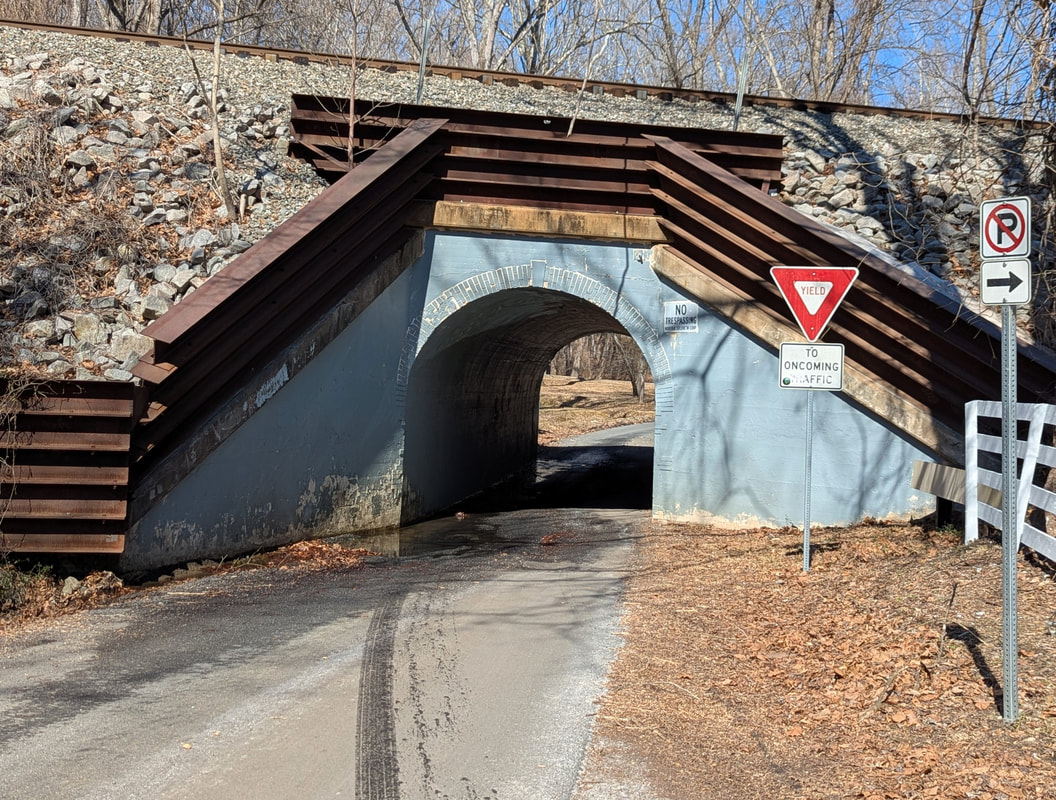

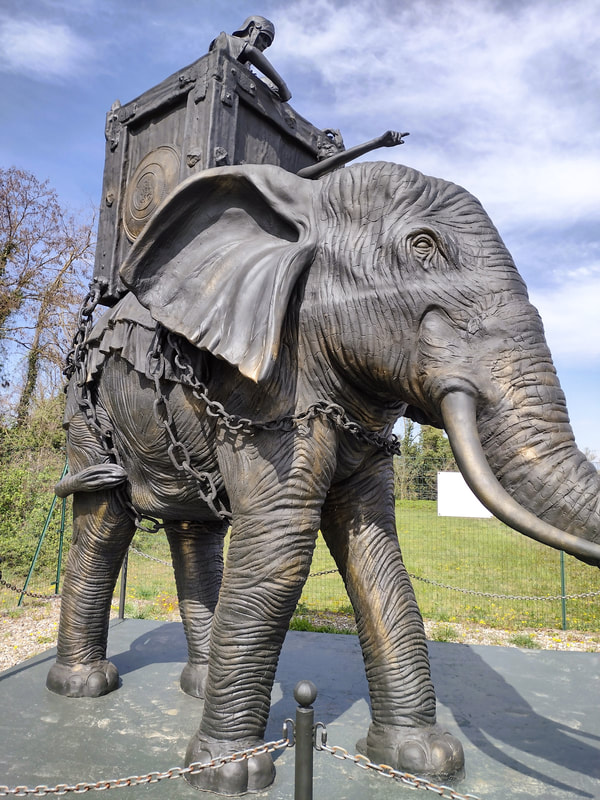
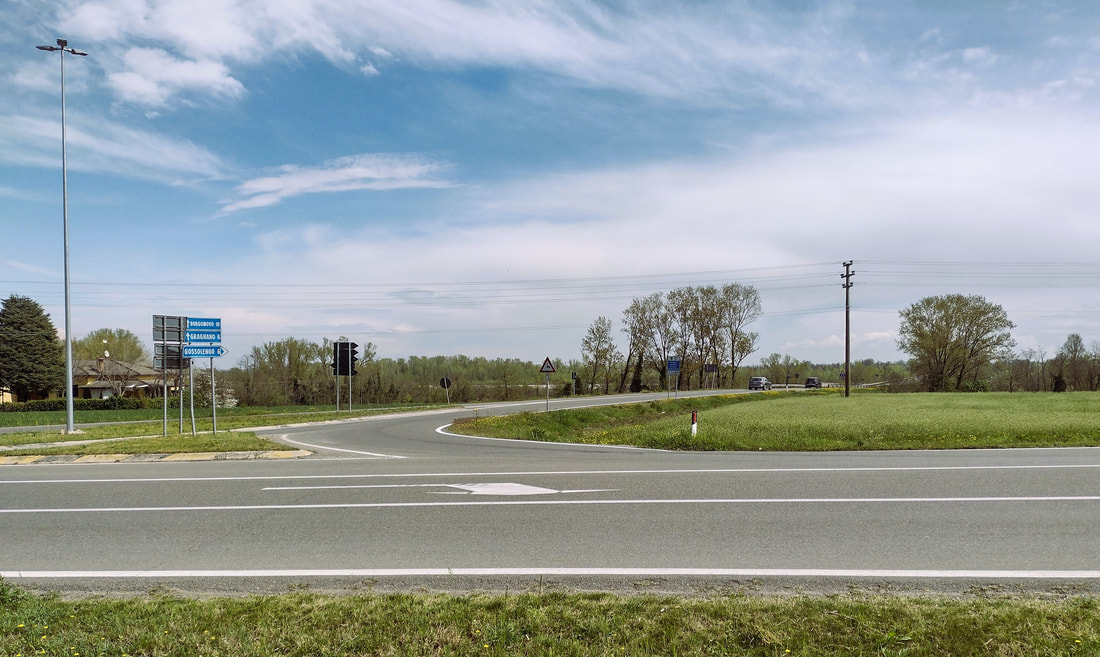
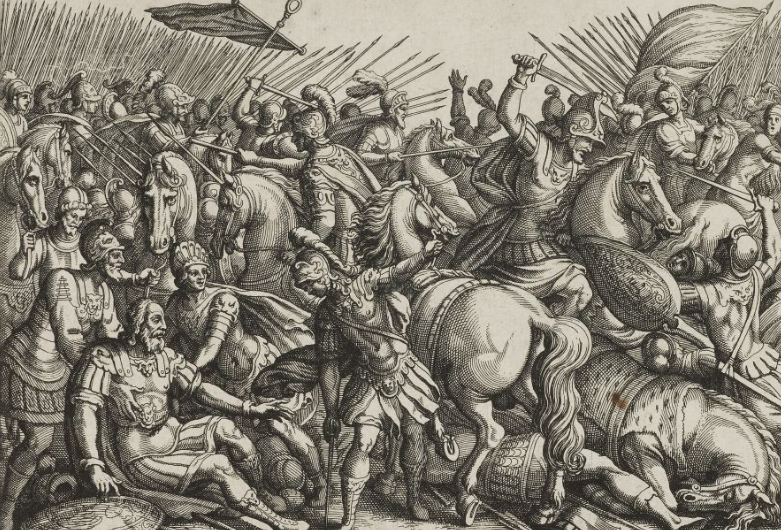


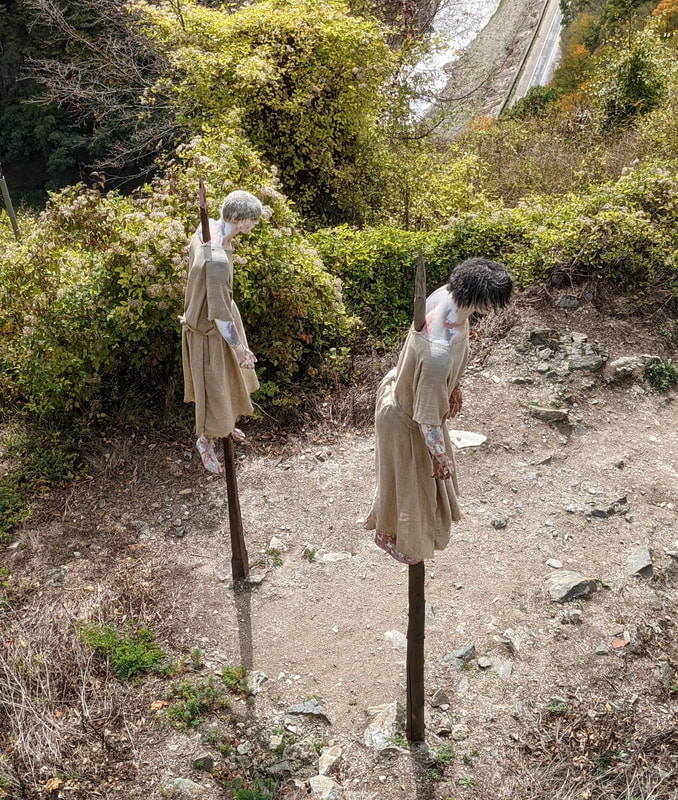
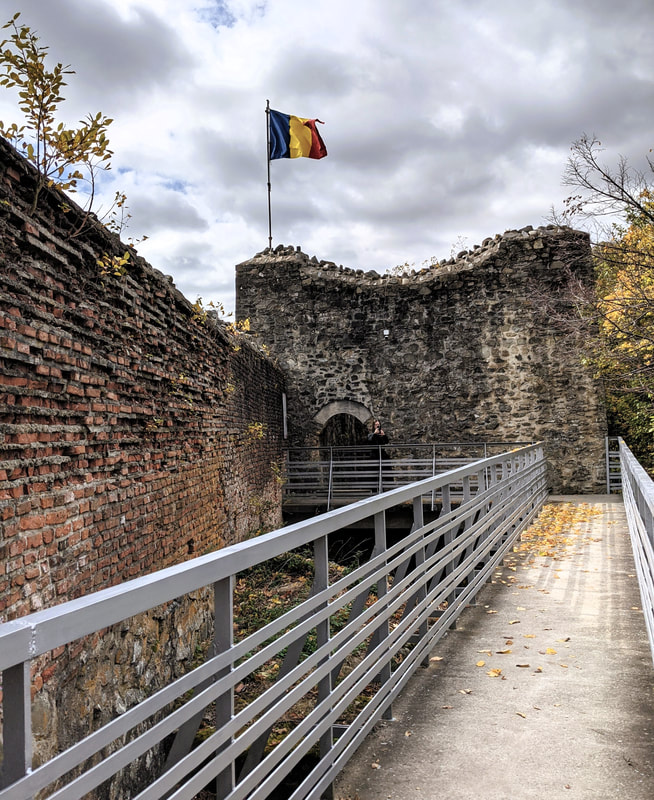

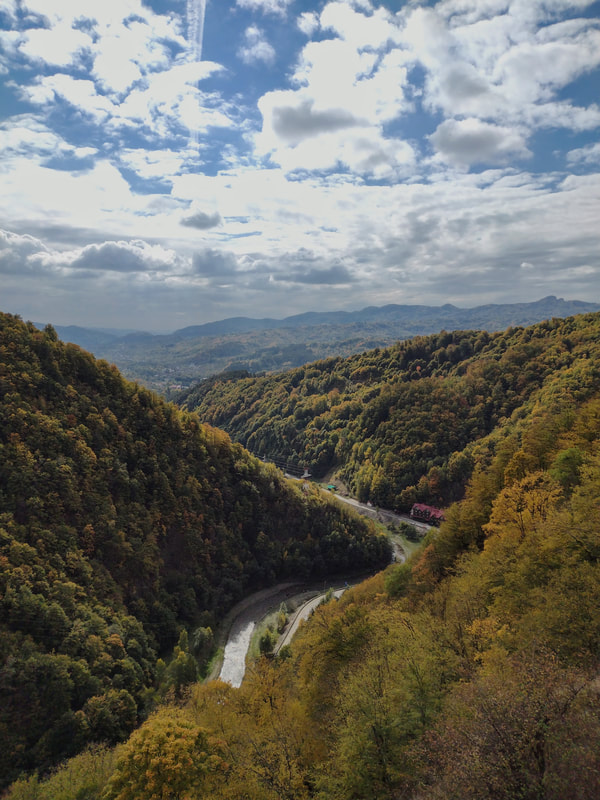
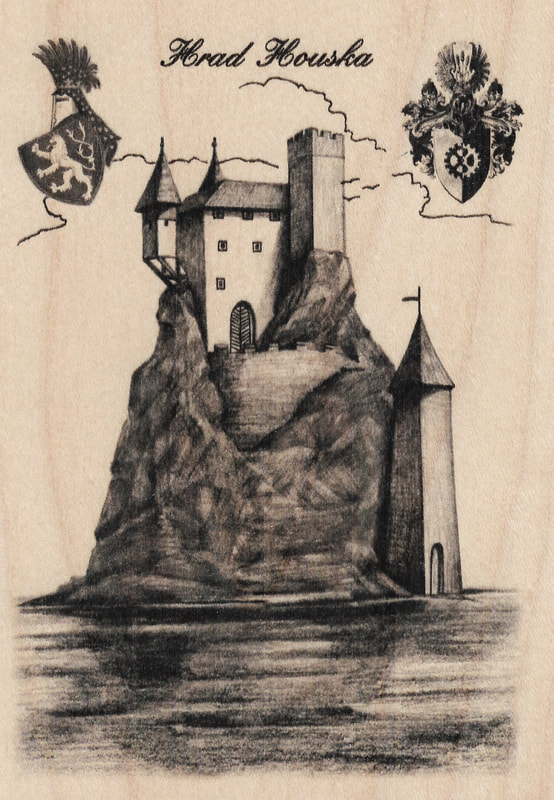
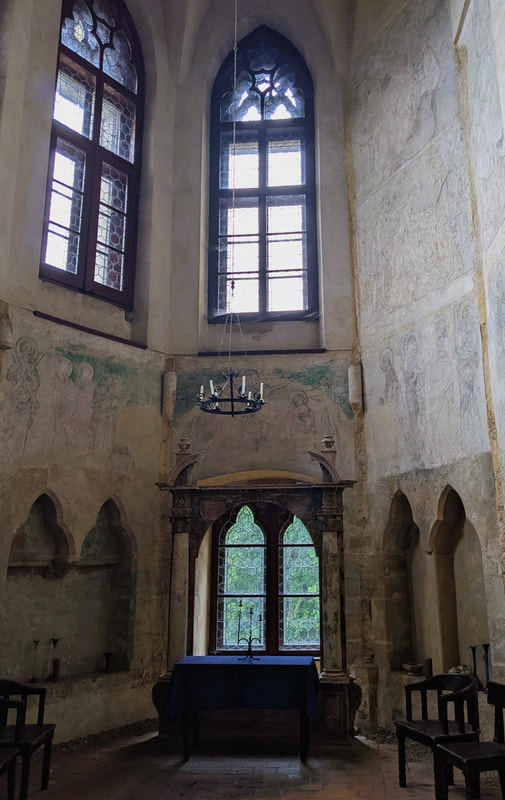
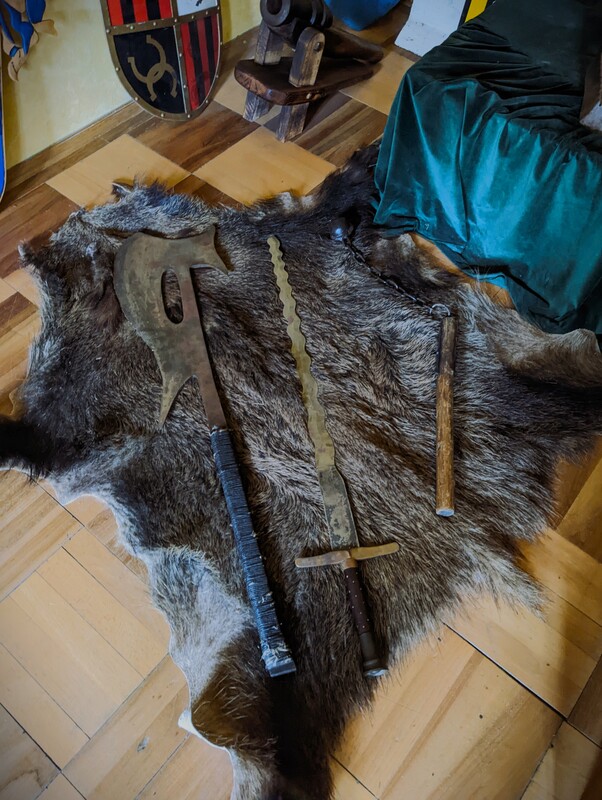
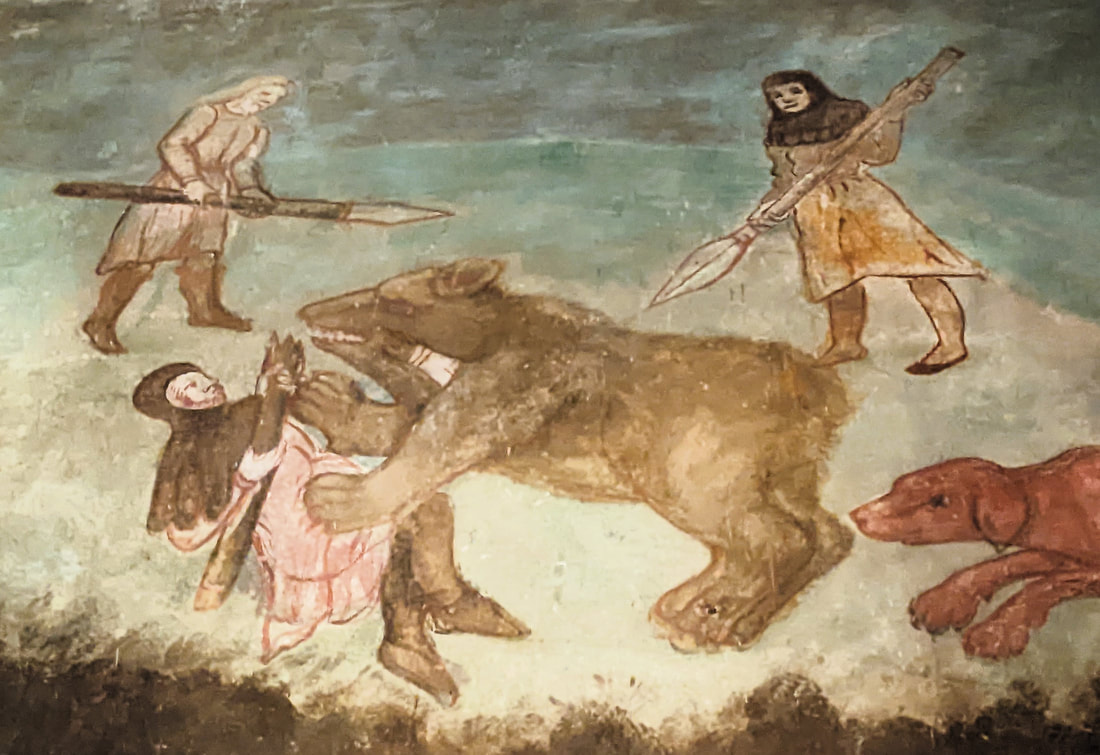
 RSS Feed
RSS Feed